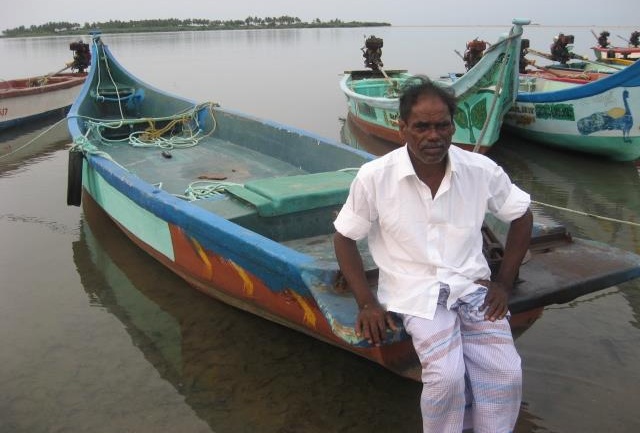By Martin Thomas, Chief Executive, Habitat for Humanity Australia
The initial response by government and aid agencies to the utter devastation caused when Cyclone Pam hit Vanuatu was reassuringly quick and effective. The public gave generously to the appeal for funds. The media provided compelling coverage.
Unfortunately, just as our society is inherently kind and caring, we also have a short attention span. Compassion fatigue; give it whatever buzzword you like. The reality is we quickly move on to other things.
The people of Vanuatu can’t move on to other things. Many have lost everything: their homes; the gardens where they grew fruit and vegetables to feed their families; access to clean drinking water; income from a tourism industry now in tatters.
Already a poor country, Vanuatu has had its infrastructure decimated. The latest UN report shows that 14,000 homes have been destroyed; 65,000 people out of the total population of 160,000 need temporary accommodation. Tragically, at least 11 people lost their lives.
The impact won’t fade with the headlines. Experience from disasters such as Typhoon Haiyan that hit The Philippines almost 18 months ago shows it could take more than two years to rehouse those families who have lost everything.
The immediate priority remains making sure survivors have the basics for survival: food, water and shelter. Yet very quickly the next phase of the disaster response must be triggered or, inevitably, a second wave of deaths will come through the spread of disease caused by contaminated water and lack of adequate sanitation. Potentially this could be far more lethal than the initial assault.
In these early phases of a disaster such as this, Habitat for Humanity is playing a leading role in helping provide emergency shelter kits that provide tarpaulins, tools to erect a basic shelter or do basic repairs, sanitation kits, water containers and decontamination tablets.
In the first days or weeks of a response, often the only shelter is a tent or a makeshift “home” pulled together from debris.
These initial phases of a disaster response, although extremely challenging, are more straightforward than the medium and longer-term task of helping communities put their lives back together.
One undeniable reason for this is that in the early phases of a disaster the world’s media provides a compelling spotlight on the critical need. This helps agencies to raise the funds to pay for materials, staff and logistics.
The experience of The Philippines shows recovery can be a long, slow process. Almost 18 months after Typhoon Haiyan made landfall on November 8, 2013, an estimated 25,000 people are still living in transitional sites, evacuation centres and tent settlements. An estimated 95,000 families are living in makeshift shelters that are deemed unsafe.
There is a “golden moment” to get the recovery response right and to generate enough funding to be able to provide continuing assistance for the long-term recovery by the people of Vanuatu.
The Australian government should be praised for its initial commitment in emergency aid. But more will be required. But, when our aid budget is being drastically cut, Vanuatu, one of our closest neighbours will be in need for a long time yet. The generosity of Australia’s government and its people will be tested.
This article originally appeared in The Australian 26/3/2015


